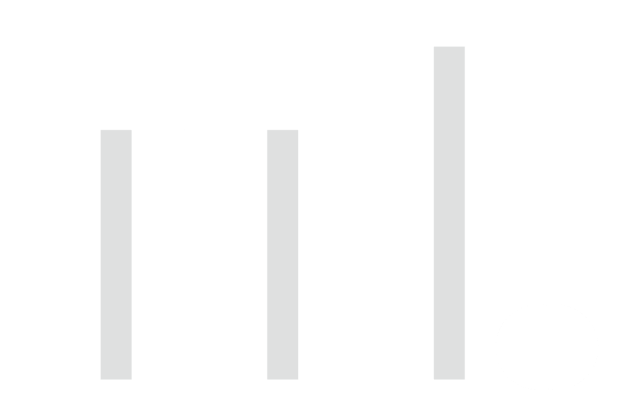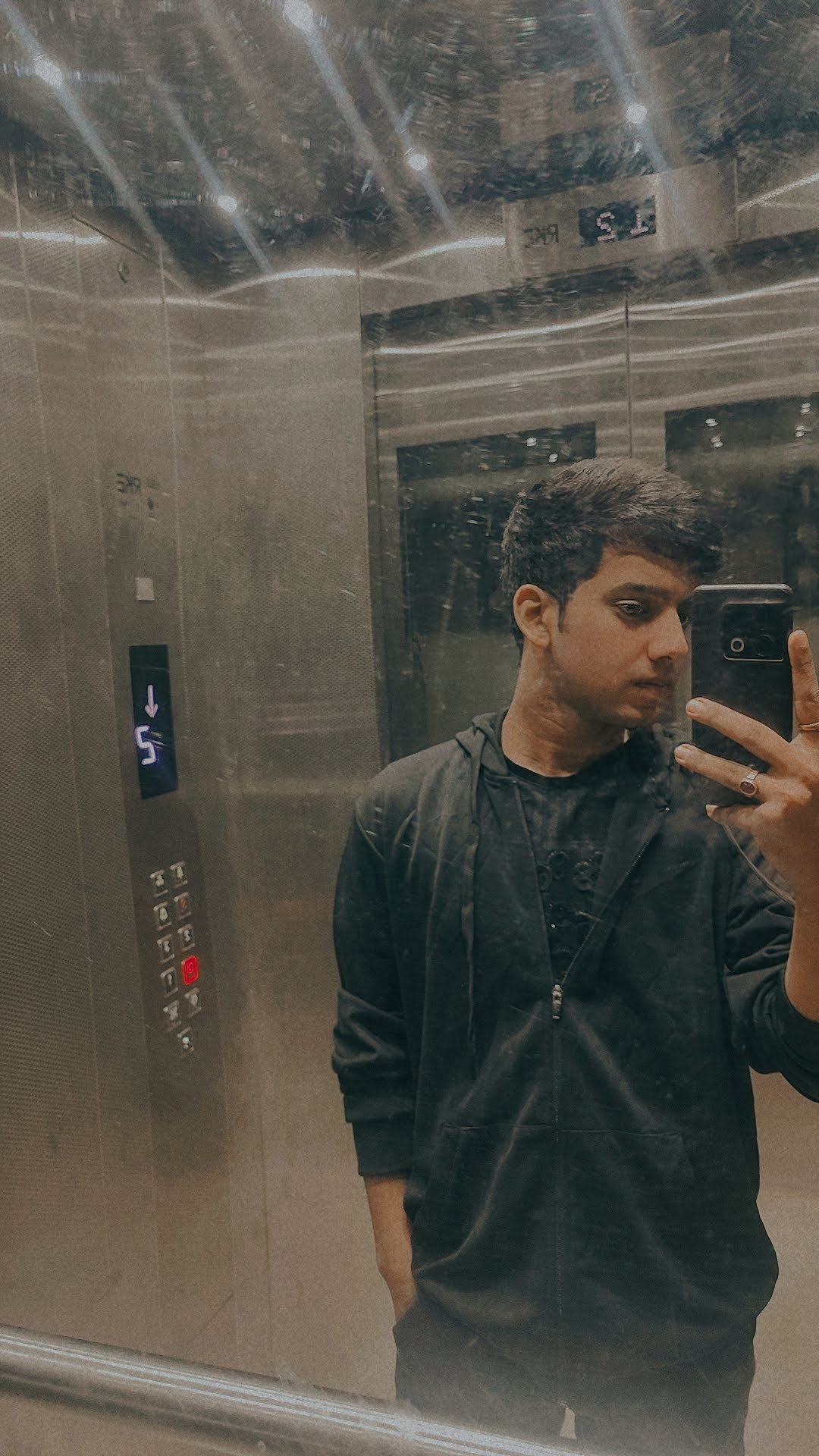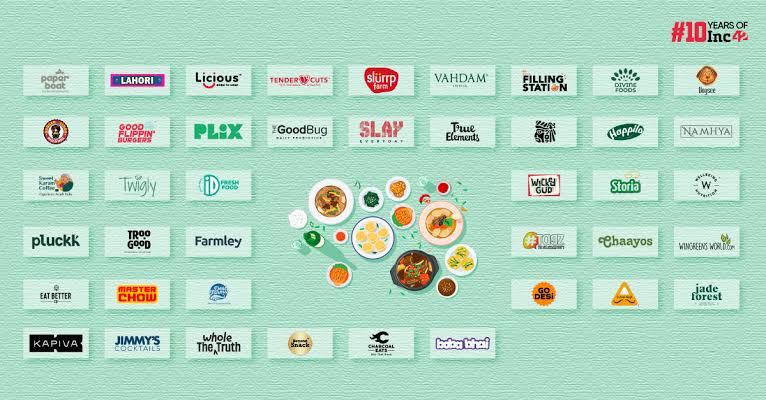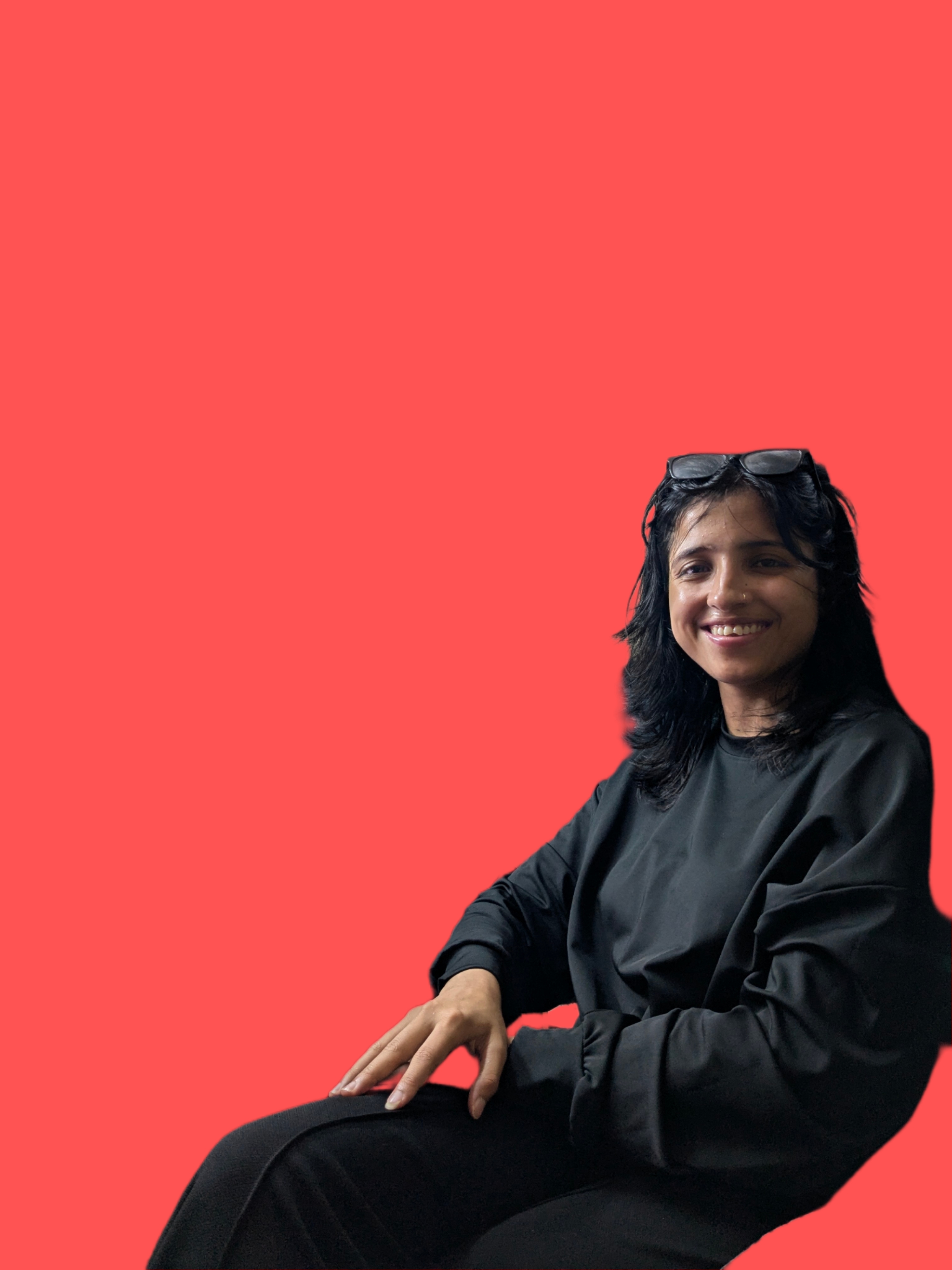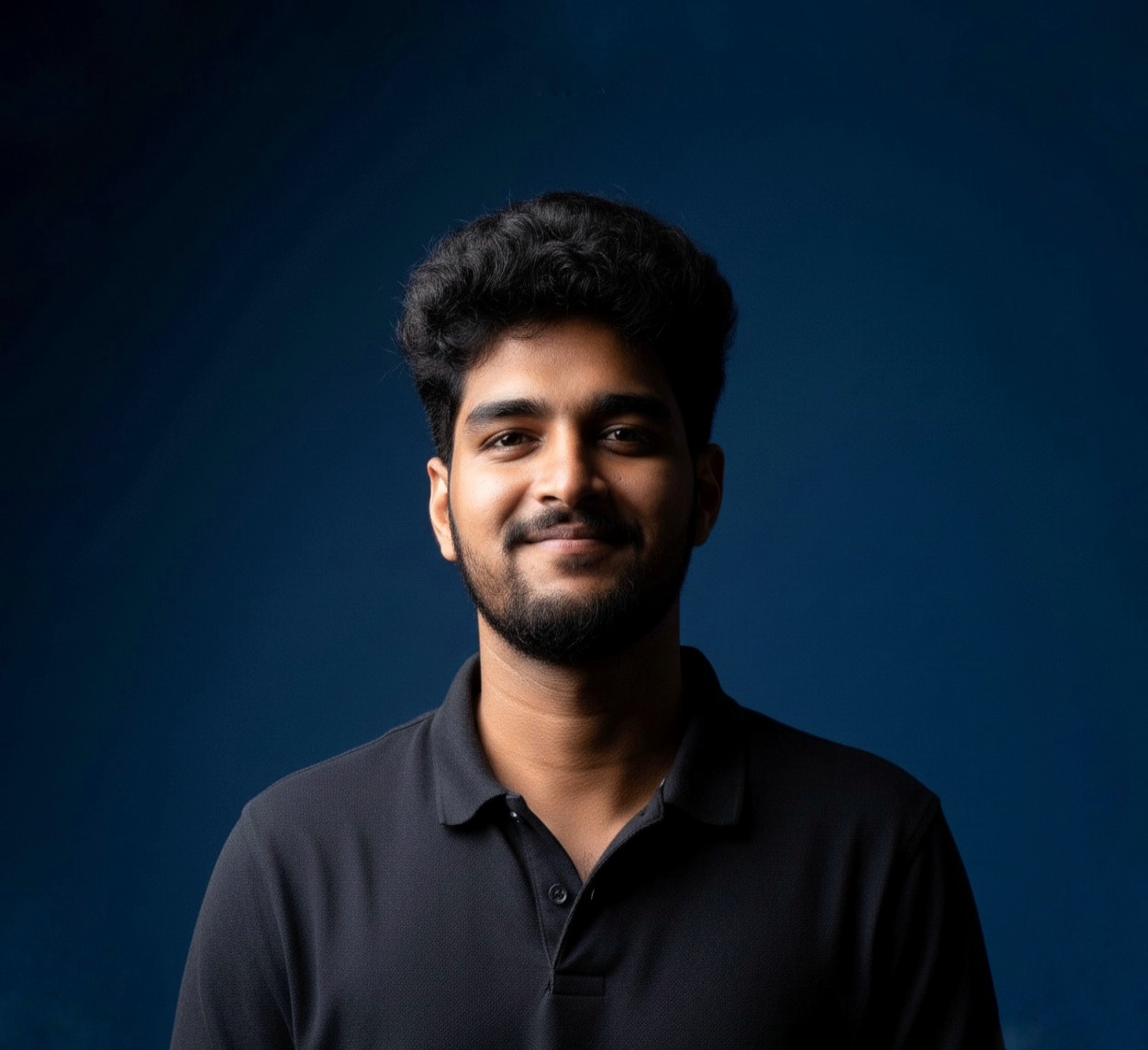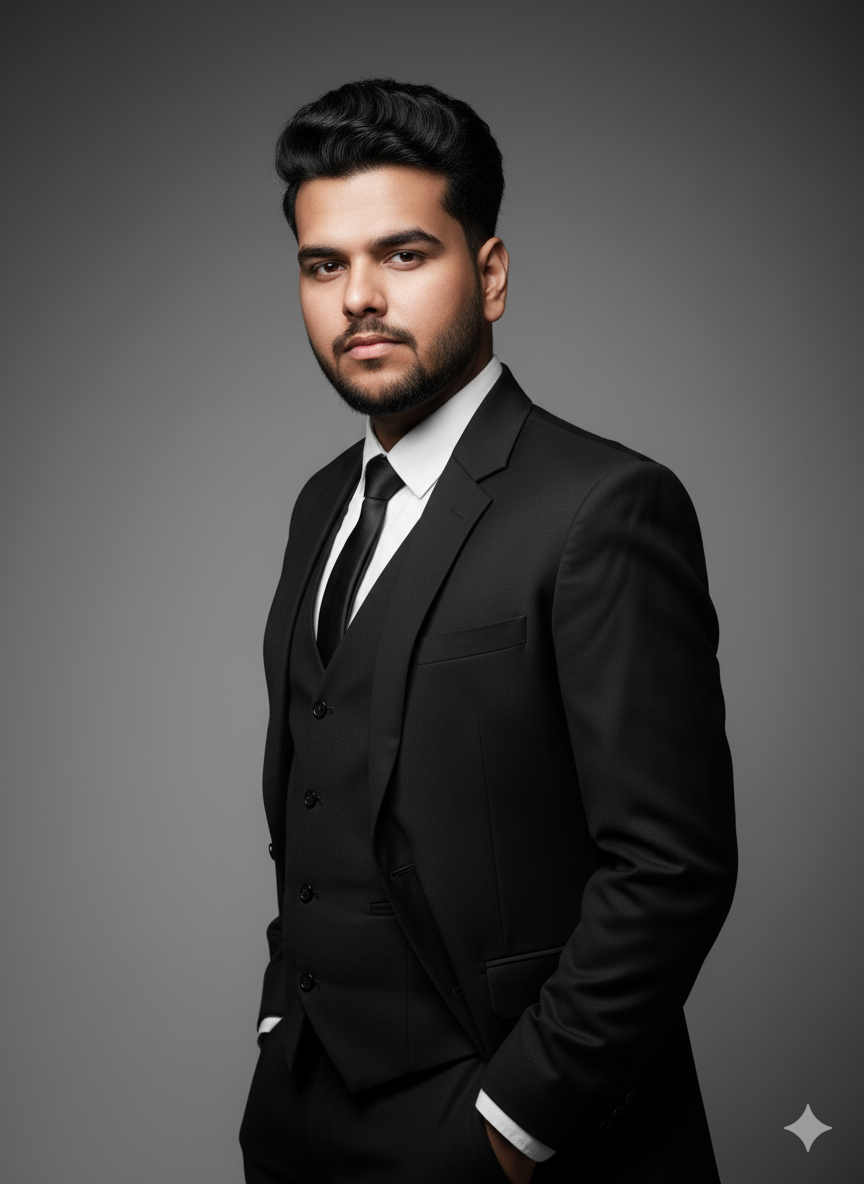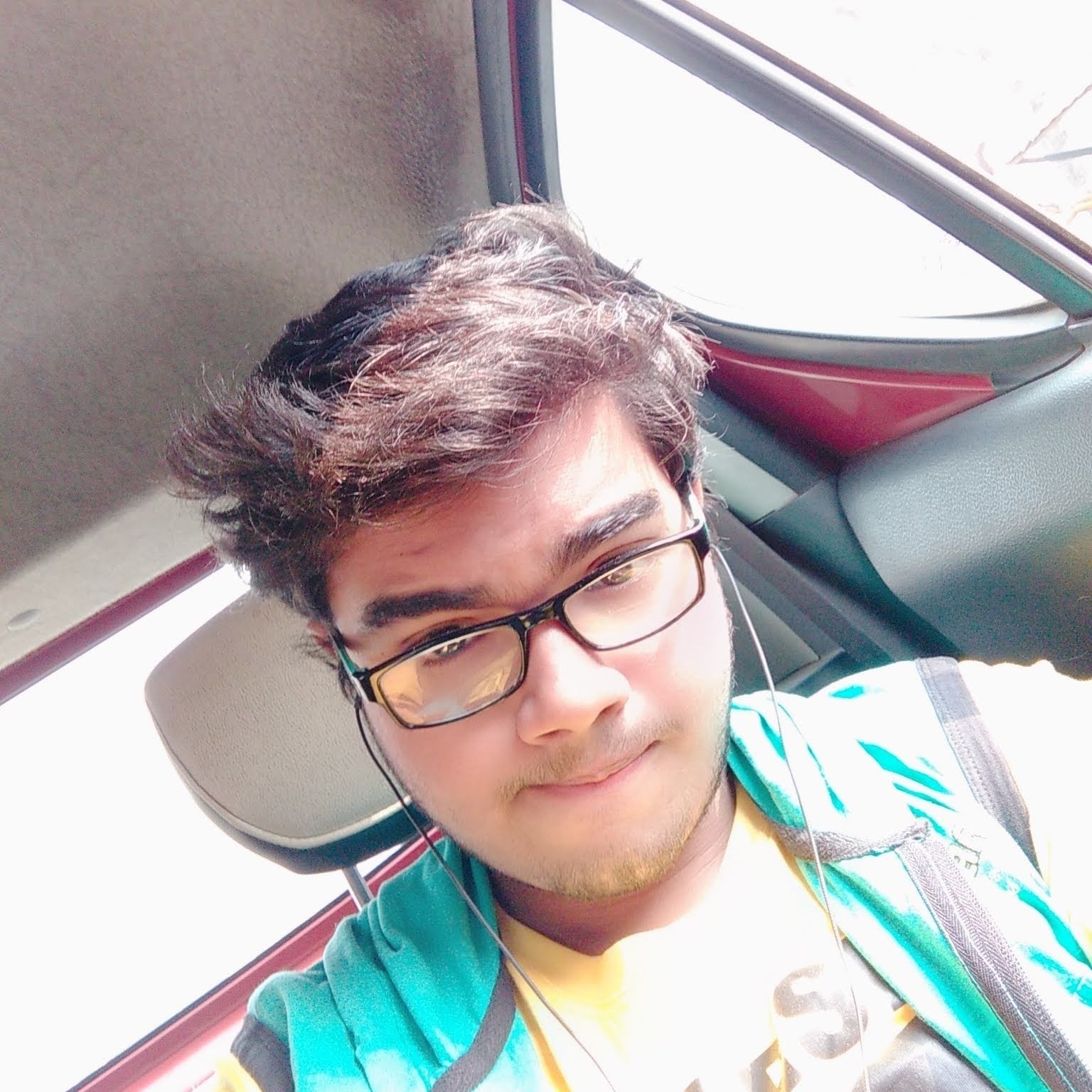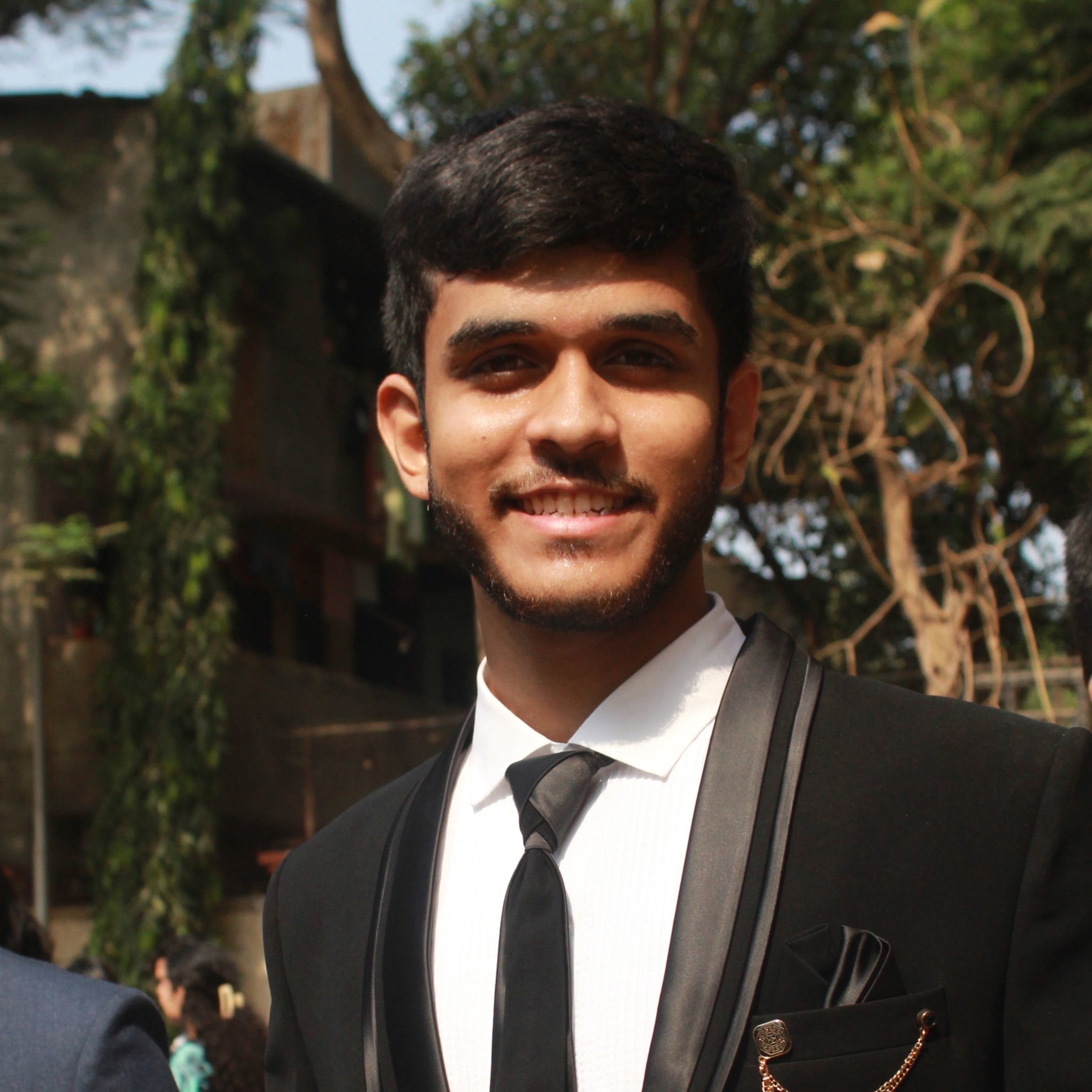Back
navansh jagetiya
Hustlin! • 20d
📉 The D2C Beauty Slowdown: A Simple Flow Chart Story The early success of brands like SUGAR Cosmetics and Mamaearth was built on a simple, fast-growth model. The current reality is that this model is now breaking down under the pressure of competition and costs. Here is the simple, point-wise flow of how the dream is struggling to stay profitable. Phase 1: The Hyper-Growth Story (2018-2022) POINT 1: High Fund Raising (Fuel) 🚀 Action: Brands like Mamaearth raised huge money from investors (Venture Capital). Result: They had massive cash to spend without worrying about profit yet. POINT 2: The "Natural" / "Digital" Hype 📱 Action: They flooded social media with influencer ads and digital marketing. Result: Revenue exploded. Customers bought products based on the hype and convenience. (e.g., SUGAR Cosmetics Revenue grew by ~90% in FY23). POINT 3: Customer Acquisition Cost (CAC) Goes Up 💸 Action: Everyone copied this model! Competition became extreme (hundreds of new D2C brands). Result: Advertising prices on Facebook/Instagram skyrocketed. Acquiring one new customer became very expensive (often ₹1,500 - ₹2,000 per customer). Phase 2: The Struggling-to-Grow Reality (2023-Present) POINT 4: Revenue Growth Slows Down 🛑 Example: A brand's sales growth drops from 90% (last year) to a "modest" 20% (this year). (e.g., SUGAR Cosmetics sales growth slowed significantly in FY24). Result: The customer pool is saturated, and the original "hype" is gone. POINT 5: The Unstoppable Expense Bill 📈 Action: The high spending on Marketing, Salaries, and Offline Expansion continues. Result: Total expenses stay too high. (e.g., Sugar Cosmetics spent ₹162 Cr on ads and promotions in FY24). POINT 6: The Profitability Trap 📉 Result: The high cost to get a customer (Point 3) and the high expenses (Point 5) eat up the money from the slower sales (Point 4). FINAL RESULT: Losses continue (e.g., SUGAR reported a net loss of ₹67.6 Cr in FY24, and Mamaearth's parent saw major net profit decline in FY25, though recent quarter results show a swing back to small profit). The Big Problem: No Moat (No True Advantage) 🤷♀️ The fundamental flaw is that many D2C brands created a marketing brand, not a product brand. They cannot compete with old giants like HUL on price and distribution. They cannot compete with global brands on deep R&D and product science. Conclusion: The Indian D2C cosmetic dream is shifting from being a "Grow at Any Cost" model to a painful "Prove Profitability Now" model, forcing a tough choice: Cut costs and slow down, or keep burning cash and risk failure.
More like this
Recommendations from Medial
Mahendra Lochhab
Content creator • 10m
Sugar Cosmetics was founded by Vinita Singh and kaushik Mukherjee in 2012. Vinita and her co founder inspired to start Sugar Cosmetics by the beauty subscription business in US and UK. Vinita and kaushik's vision to start Sugar Cosmetics is to deli
See More
Vishal D Pawar
Delivering Promises! • 1y
As we are building Untoldd a Creator led D2C brands platform.🚀 We decided to launch our own 2 brands first, to get some insights and data around influencer marketing,how conversation happening customer feedback even feedback from influencers and cr
See More

Mayank Kumar
Strategy & Product @... • 1y
How D2C brand use data to build deeper customer connections and skyrocket sales! Audience identification and segmentation enable tailored marketing, personalized experiences, and better customer retention. D2C brands like Glossier, Dollar Shave Club
See MoreDownload the medial app to read full posts, comements and news.

